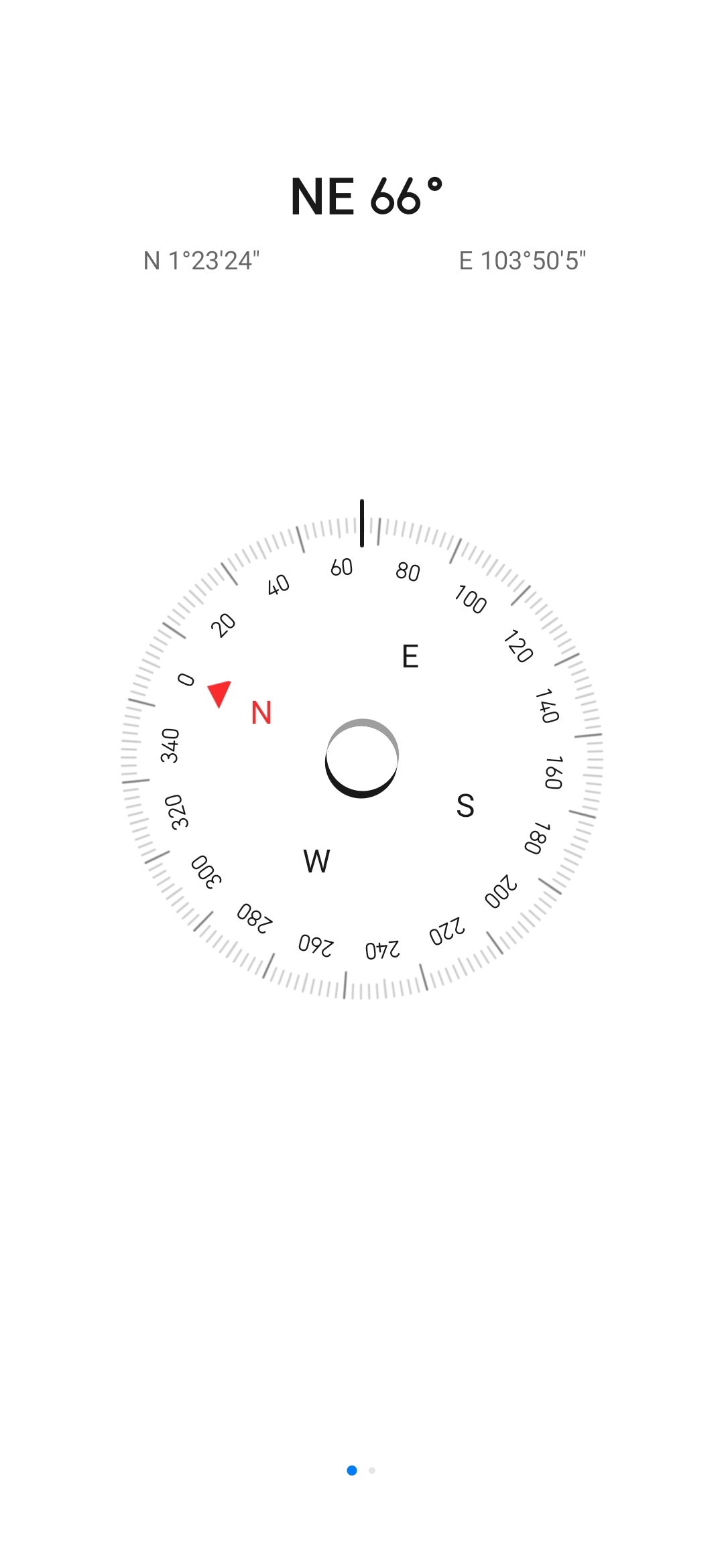
tanwwwww
No personal profile
358Follow
20Followers
0Topic
0Badge
Good
Credit Suisse in Market Spotlight Despite Moves to Calm Concerns
Like please
3 Semiconductor Stocks to Buy Now, Including Nvidia
Like please
US STOCKS-S&P 500 Ends Higher with Financials as Treasury Yields Jump
Like please
3 Dividend Stocks That Will Pay You Forever
Like please
Sorry, the original content has been removed
Lime please
S&P 500 ends with slim gain as tech strength offsets cyclical woes
Like please
Sorry, the original content has been removed
Ok
Sorry, the original content has been removed
Like please
Sorry, the original content has been removed
Hmmm....
Japan exports jump on solid U.S., China demand
Like please
Is It Too Late to Buy Tesla Stock?
Like please
Cathie Wood Goes Bargain Hunting: 3 Stocks She Just Bought
Like please
Sorry, the original content has been removed
Like and comment pls
Sorry, the original content has been removed
Like please
Sorry, the original content has been removed
Like please
GLOBAL MARKETS-Global Shares Fall on Inflation, Central Bank Moves
Like please
US STOCKS-Wall Street Ends down as Ukraine Fears Eclipse Solid Jobs Data
Like please
Sorry, the original content has been removed
Like please
3 High-Yield Tech Stocks to Buy in April
Like please
Wall St gains, Nasdaq notches record closing high on full vaccine approval
Go to Tiger App to see more news